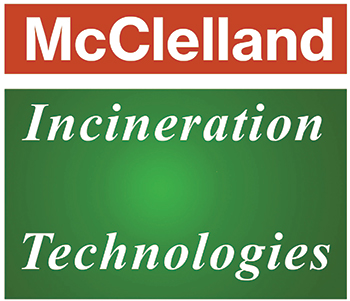In the world of industrial waste management, few technologies command the respect and versatility of the rotary kiln incinerator. When industries face the daunting challenge of disposing of complex, highly diverse, or extremely hazardous waste streams—ranging from chemical residues and pharmaceutical by-products to contaminated soils and bulk industrial waste—the rotary…
Waste management has evolved dramatically, moving beyond simple disposal to embrace sophisticated technologies that maximize resource recovery and minimize environmental impact. At the forefront of this evolution is incineration technology, a method that has undergone a profound transformation from basic waste burning to a highly engineered process vital for sustainable…
The waste management industry is undergoing a digital revolution. Traditional incinerator systems, while effective, are now evolving into “smart incinerators“—intelligent facilities that leverage the power of Artificial Intelligence (AI) and the Internet of Things (IoT) to achieve unprecedented levels of optimization, efficiency, and environmental performance. This technological leap is transforming…
The responsible management of animal waste, particularly animal carcasses and pathological materials, is a critical, yet often underestimated, aspect of public health, biosecurity, and environmental protection. Whether from veterinary clinics, research laboratories, livestock farms, poultry operations, or even zoos, the disposal of animal remains and related waste presents unique challenges…
The management of pathological waste presents one of the most sensitive and critical challenges in waste disposal. Defined primarily as human anatomical waste, animal carcasses, and other waste from medical, veterinary, and research procedures, it carries an inherent bio-hazard risk due to the potential presence of infectious agents. While hospitals…
When considering the acquisition of an industrial incinerator, the initial purchase price is often just the tip of the iceberg. To truly understand the financial commitment and long-term viability of such a critical asset, businesses must delve into the Total Cost of Ownership (TCO). TCO encompasses all expenses associated with…

